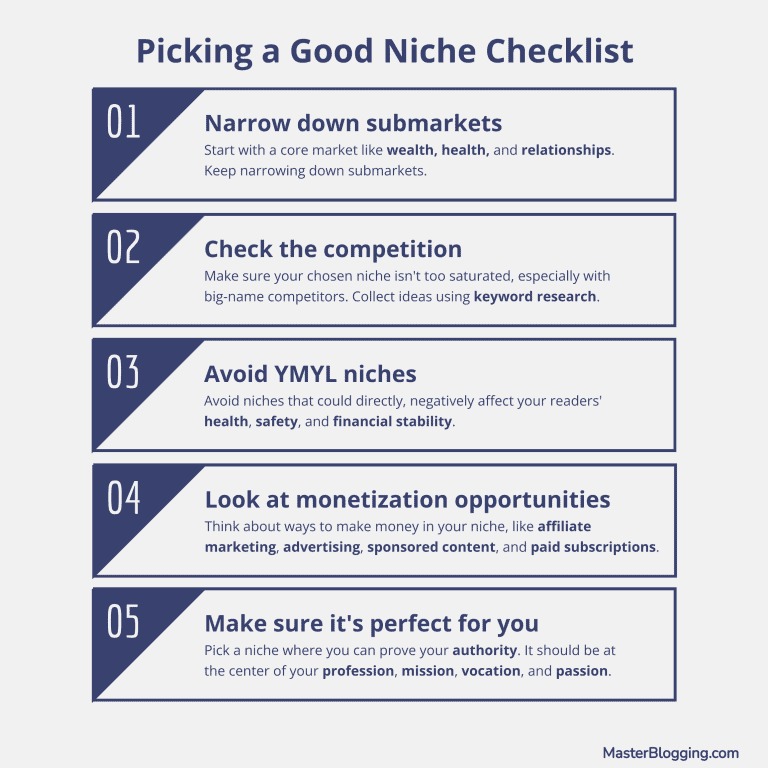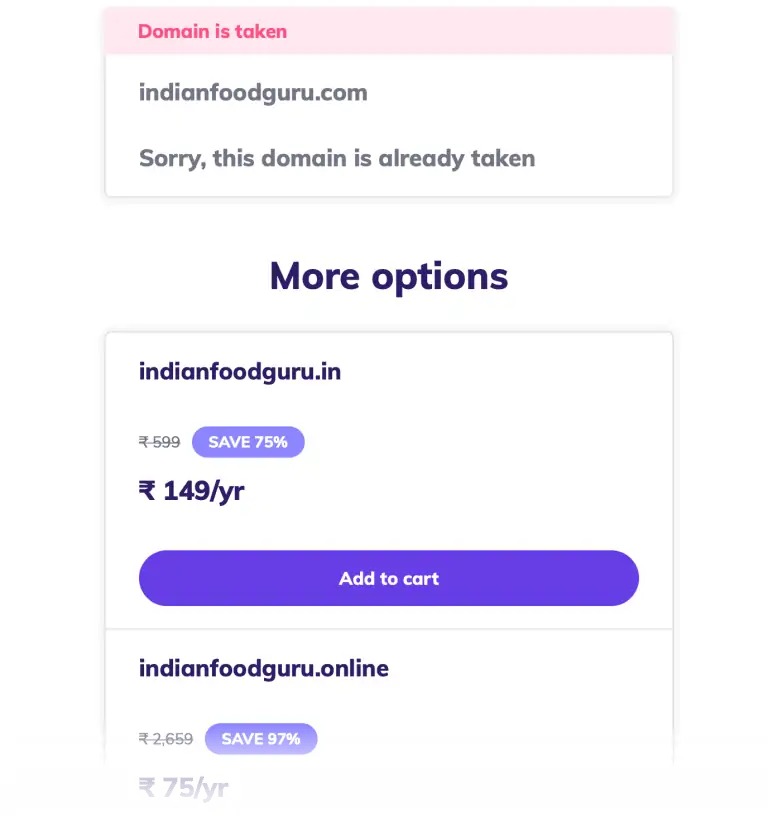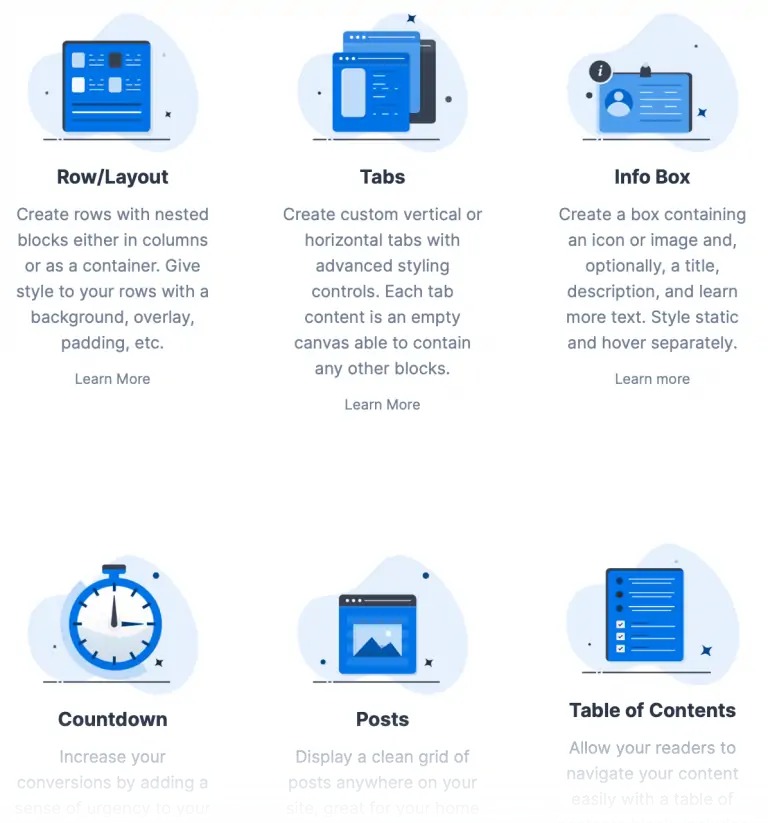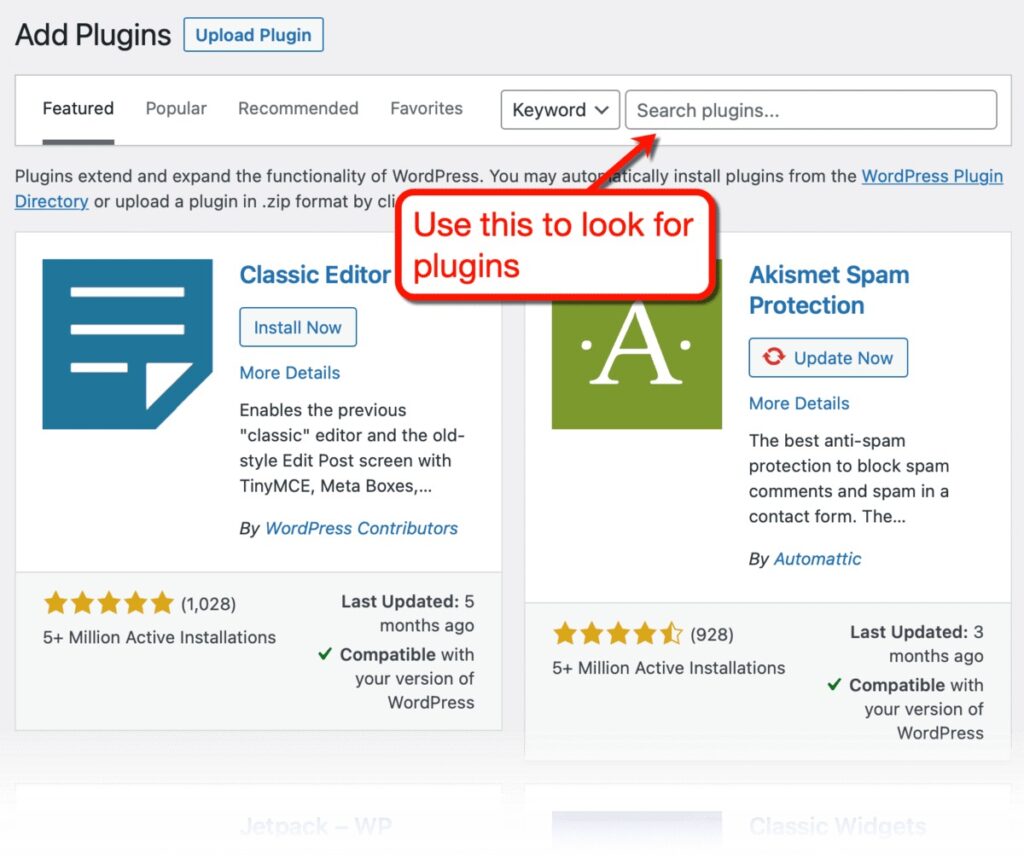You have come to India in order to launch a blog.
Allow me to explain why it’s the wisest choice you’ve ever made.
Indians are above all lovers of reading.
An average Indian reads for more than 10 hours a week, according to a research. With an average reading time of 9 hours, Thailand is the next nation with the highest reading rate, but that is one hour longer.

Also, the number of Indians having internet access is rising annually at a considerable rate.
In India, there are expected to be more than a billion internet users by 2023. From the estimated 750 million internet users in 2020, that is a significant increase.

The best thing is that it’s now more easier than it has been in years to create a blog that looks professional.
It makes no difference if you’re a first-year college student or an accomplished web developer. Before today is out, you can definitely start a blog if you have the appropriate tools.
Before we get started, though, let’s discuss your niche.
Finding Your Blog Niche
One of the most crucial choices you will have to make early in your blogging career is choosing a specialty.
It’s best not to hurry into it. Recall that choosing a niche will affect both your blog’s revenue and your long-term drive.
Choosing the appropriate niche involves the following steps:
1. Start with a Core Market and Narrow Down
The three main markets that any successful blog targets are relationships, health, and wealth.
Simply choose any key market that you believe you are an expert in. Then, “niche down” by determining more focused subtopics.
For instance, the following submarkets can be found within the “health” core market:
- Weight loss
- Dieting
- Bodybuilding
- Food
- Eyecare

It is possible to further concentrate on each of these submarkets to create narrower niches.
The food submarket, for instance, can be specialized to recipes for baking, cooking, vegetarianism, and more. Continue focusing on smaller niches until you have a list of every possible blog topic.
2. Check the Competition
Analyzing whether the niche you have picked isn’t too crowded for new bloggers is the next step.
That is exactly what keyword research will enable you to do. More significantly, it can assist you in identifying even more narrow niches that are more feasible for novices.
If you’re new to blogging, you can achieve good results by using Semrush’s free edition. Simply launch their Keyword Magic Tool, type in a keyword associated with your subject, and select “Search.”
Make sure you choose the drop-down menu option labeled “India” in order to find terms that the Indian audience uses.

You will receive a list of profitable keyword suggestions in a matter of seconds, some of which can be used as blog articles on their own.
Just remember to hunt for keywords with a KD value between 15 and 49 by checking the ‘Keyword Difficulty’ statistic. New blog pages can still rank for these keywords.
Naturally, you should also look at the “Volume” measure to make sure that users are actually looking for that term.

3. Determine if it’s a YMYL Niche
The “Your Money or Your Life” (YMYL) segments are primarily controlled by household brands. In addition, search engines such as Google are more selective about the websites they rank in these sectors.
As such, prospective bloggers are strongly encouraged to steer clear of YMYL niches at all costs.
YMYL niches are, to put it simply, those industries that have a direct impact on people’s money and health. This covers retirement, health care, insurance, and banking.

Take up a YMYL niche solely for the following reasons:
- You’re a licensed journalist or specialist in that field.
- You run a company in that sector.
- You don’t worry about the income from your blog and have a lot of opinions.
If so, you should steer clear of YMYL themes and opt for topics you are personally interested in.
4. Look for Monetization Opportunities
Choosing a niche for your blog requires consideration of monetization potential if you want to generate money from it.
Online income generation opportunities for bloggers are numerous and include:
- Affiliate marketing
- Advertising
- Sponsored posts
- Selling products and online courses
- Paid subscriptions
Examining the most popular blogs is the simplest method to determine a niche’s potential for revenue.
For instance, one of the most popular Indian blogs on food is MASTERCHEFMOM. If you go to her website, you will see that she earns money through partnerships, sponsored postings, cooking classes, and advertisements.

This is only an example, of course.
The amount of money Indian bloggers in different niches are able to make from their websites may surprise you.
For example, tech review bloggers that promote things on Amazon might get paid as an affiliate. Some use their Instagram accounts to promote other products for a living.
5. Confirm if it’s the right niche for you
There are two things you should do when choosing your niche before diving in headfirst.
First, you have to determine if it’s your “Ikigai,” which translates from Japanese to mean “reason for being.”

Your vocation, profession, mission, and passion are all centered around your Ikigai. It must be something the world needs, something you’re good at, something you love doing.
When choosing a niche, several guides advise bloggers to pursue their hobbies.
In general, that is sound counsel. But you also have to think about whether there is a market for a new blog in that sector.
In addition, you should assess your ability to get paid for it and your level of skill.
This brings up the following point.
You should be able to demonstrate your authority if you want to be successful in your niche.
Can you establish yourself as an authority in that specific field? If not, are you prepared to work hard to get there?

Recall that blogging isn’t getting any simpler.
You need to establish a sense of trust with readers as soon as they get on your blog. Inform them about your experience, share your own findings, and be ready to supply them with an abundance of high-quality content.
Pick Your Blogging Platform
Identifying the ideal niche for your blog?
Fantastic.
The choice of your blogging platform is the next task.
Even though Indian bloggers have access to a variety of blogging platforms on the internet, they typically have two options:
A Self-Hosted Website with WordPress
It’s likely that you are already familiar with WordPress if this isn’t your first blogging guide.
In case you were unaware, WordPress is the most popular “Content Management System” (CMS) online. Roughly 43% of all websites, including large corporate sites and small blogs, are powered by it.
WordPress facilitates the creation of an advanced, polished blog for every user.
Installing plugins to integrate site functionality, creating content, and customizing a theme are all very simple processes.

The pros of using WordPress are numerous:
- It’s free: To use all of WordPress’s capabilities, there are no fees of any kind. However, there are other expenses that you must pay for, such as hosting and other necessities as well as upscale add-ons like plugins and themes.
- Use the visual editor to create content: With the “Gutenberg” editor built into WordPress, you may build content by combining different elements like separators, tables, and columns. Additionally, it can be used to generate important pages such as “About Me” and “Contact Us.”
- Thousands of themes to choose from: You may almost instantly construct an elegant blog with WordPress themes. The only thing left to worry about is customization, which is made simple by WordPress’s integrated theme customizer.
- Thousands of plugins to build with: You may utilize WordPress plugins to add advanced and interactive aspects to your site even if you don’t know how to code. This might be an interactive calendar, sign-up form, booking widget, and so on.
- Loads of free learning resources: Since WordPress is the most widely used platform online, finding in-depth study materials won’t be difficult. You can find a ton of useful instructions, video tutorials, and templates on WordPress’s official website, YouTube, and other sites.
The security component of WordPress may be its only drawback.
Because WordPress is so popular and there are so many third-party developers using it, hackers frequently target WordPress websites. Fortunately, security plugins and frequent upgrades can reduce your risk of being hacked.
A Free Site with Blogging Platforms
Any free blogging platform is a popular alternative for people who don’t want to utilize WordPress. This covers Medium, Tumblr, and Blogger.
For the sake of this tutorial, we’ll concentrate on Blogger, a well-known free blogging platform provided by Google.

Blogger doesn’t require you to build your own blog, in contrast to WordPress. After creating a Google account, the setup process just requires a few more steps.
You can then get started on writing your very first blog article.

It goes without saying that Blogger’s biggest benefit is its ease of use.
Additionally, Blogger depends on Google’s infrastructure, which may protect blogs from online threats.
Choose Blogger if you want to concentrate more on content creation and less on security, upgrades, and performance optimization.
However, if blogging is your serious business, I highly suggest using WordPress.
To begin with, WordPress enables you to make extensive changes to your website without the need for HTML. Additionally, it offers you the flexibility to select your own host or switch to another one as needed.
Remember that your blog is still technically owned by Google even if you use Blogger to create it.
It’s over if Google decides to discontinue supporting the Blogger service, or if your account gets suspended.

Registering and Hosting Your Own Domain
The hard work starts now if you decided to create your blog with WordPress.
It is necessary to register and host your own domain before using WordPress. That will be the official web address for your blog, sometimes referred to as the “Uniform Source Locator” or URL.
Indian bloggers love Hostinger because of their consistent service and reasonable prices.
They can assist you at every stage of setting up your blog on the internet.

To find available domains, use Hostinger’s Domain Checker tool. To get started, simply enter in the domain you wish to utilize and click “Search.”

First, Hostinger will see if your desired domain is available in “.com” format. If not, a list of possibilities will appear below.

Just keep in mind not selecting “Add to cart” yet.
Get your name for free by switching to a hosting plan if you want the best value for your money.
How to Pick the Perfect Domain For Your Blog?
The most innovative combinations of straightforward, recognizable words result in the greatest blog names. It might contain a keyword, your name, or anything else memorable.
Just keep in mind these guidelines to make sure your blog name is prepared for competition:
- Verify your spelling again.
- Use hyphens alone to prevent confusion.
- Try employing alliterations and adjectives.
- Employ straightforward, easily remembered language.
- Select a domain extension ending in “.com” whenever possible.
- In certain circumstances, use your nickname or name.
Still unsure about the name for your blog?
Making a mission statement and selecting the key words is my go-to tactic. All you have to do is make three points clear:
- Your Target Blog Audience: Who are you blogging for? What are their professions, hobbies, or current status in life?
- Your Value Proposition: What value will your blog provide readers? Will you offer tutorials, online courses, expert advice, product recommendations, and so on?
- A quick description of yourself: Who exactly are you?
To see an example of a mission statement, see the section below.

From there, you can pick out words like:
- NIP
- Nerd
- Freelance
- Wedding
- Photographer
- Blog
- Amateur
- Passion
- Video
- Templates
- Lighting
- Camera
- Tabletop
Next, you can combine these terms to create a possible blog name, such as TabletopBlog.com, PassionTemplates.com, and so on. All it takes is a little innovation to think up something memorable.

Building Your WordPress Blog
It’s time to start creating your WordPress blog now that your domain has been registered and hosted.
The good news is that it will only take a few minutes to complete this step.
An automated WordPress installation tool is included with the majority of hosting services, including Hostinger. Simply search for “WordPress” in the control panel of your hosting account and follow to the prompts displayed on the screen.

Usually, the entire process takes a few minutes to finish. It’s time to visit your dashboard once your WordPress website is prepared.
Enter the WordPress installation URL to accomplish this. Usually, this consists of just “wp-admin” after your domain URL:

Proceed and input your admin credentials that you generated throughout the WordPress setup procedure.
After selecting “Log In,” your dashboard will appear.

You’re all set to start developing your WordPress blog, congratulations.
You’ll discover several links in the “Welcome to WordPress” panel that will assist you in completing the development of your website.

Let me take you step-by-step through each:
Customizing Your WordPress Blog
Installing the desired theme is the initial action taken by new WordPress users. Clicking “change your theme completely” under “Customize Your Site” will get you started.
As an alternative, select “Themes” after finding “Appearance” in the main dashboard menu.

WordPress themes are essentially packages for website design that will add a unique look to your blog
To find themes, select “Add New.”

WordPress will take you straight to the theme library, where you may choose from a number of highlighted recommendations to start. You can use the search bar to find something different or just scroll down to find the one you like.

Click “Install” to install a theme, and then click “Activate” when the choice appears.

That’s it; your theme appears to be installed and operational at this point.
At last, you may begin modifying the appearance of your blog.
Simply return to your dashboard, choose “Appearance,” and press “Customize.”

The theme that you have installed and activated at the moment determines which customization options will show up. You should be able to alter page layouts, colors, fonts, logos, menus, and most themes.

I recommend looking into Kadence Blocks if you want extensive adjustments without writing a single line of code.
It’s a WordPress plugin made especially to be used with the Kadence theme. After installation, Kadence Blocks can be used to create unique pages using advanced blocks such as:
- Tabs
- Rows
- Accordions
- Tables of contents
- Forms
- Image overlays
- Product carousels
- Countdowns

Adding Essential Plugins
In relation to plugins, let’s discuss why WordPress bloggers find them to be important.
With plugins, you may add a wide range of features to your WordPress blog without knowing any code.
You can make image carousels, Facebook sections, tweetable quotations, contact forms, and more using plugins.

There definitely a plugin available for any great feature you find on another website.
However, when it comes to WordPress plugins, it’s crucial to keep away from overspending.
The functionality of your blog may suffer if you install too many. Not to mention that certain plugins might create security flaws that could endanger your website.
The following resources can assist you in selecting the ideal plugins for your WordPress blog:
- Everything About WordPress Plugins
- Travel Blog WordPress Plugins
Simply navigate to “Plugins” and choose “Add New” from the dashboard menu to begin installing plugins.

Next, locate the plugin you wish to install using the search bar. Make sure the drop-down menu’s “Keyword” option is chosen.

After locating the desired plugin, select “Install Now.” Remember to select “Activate” as soon as the option is available.

Creating Your First Blog Posts
Now that your WordPress website is operational, it’s time to begin posting blog entries.
It’s common practice to have 3-5 posts ready before formally launching your blog.
What in the world should you write about is the question.
An “introductory post” that briefly describes your background, the topics you plan to blog about, and your target audience is a smart place to start. Simply write in your own voice, keep it brief, and let readers know how to receive updates.
You can invite them to join your private Discord channel, sign up for your email list, or follow you on Facebook.
You can use keyword research to uncover themes that your target readers are interested in for your next 2-4 posts.
AnswerThePublic is an ideal tool for this kind of work.
Simply visit the website, type in one or more keywords, then select “Search.” Just be careful to select the appropriate nation from the drop-down option located at the bottom.

AnswerThePublic will provide you a web of possible topics for your first post in a matter of seconds. To obtain ideas for other content types, such as questions, prepositions, and comparisons, you can browse through the various categories.

Conclusion: How to Start a Blog in India
Creating a successful blog is undoubtedly difficult. And you have to start now if you want to conquer it.
In conclusion, the following is a summary of the steps you must take to launch a blog in India:
- Choose the ideal blog niche for your needs.
- Make a wise choice while selecting a blogging platform.
- Get your own domain registered and hosted.
- Create a WordPress blog that is unique to you.
- Post your initial blog entries.
Be patient, take things one step at a time, and don’t lose sight of your blogging objectives.

